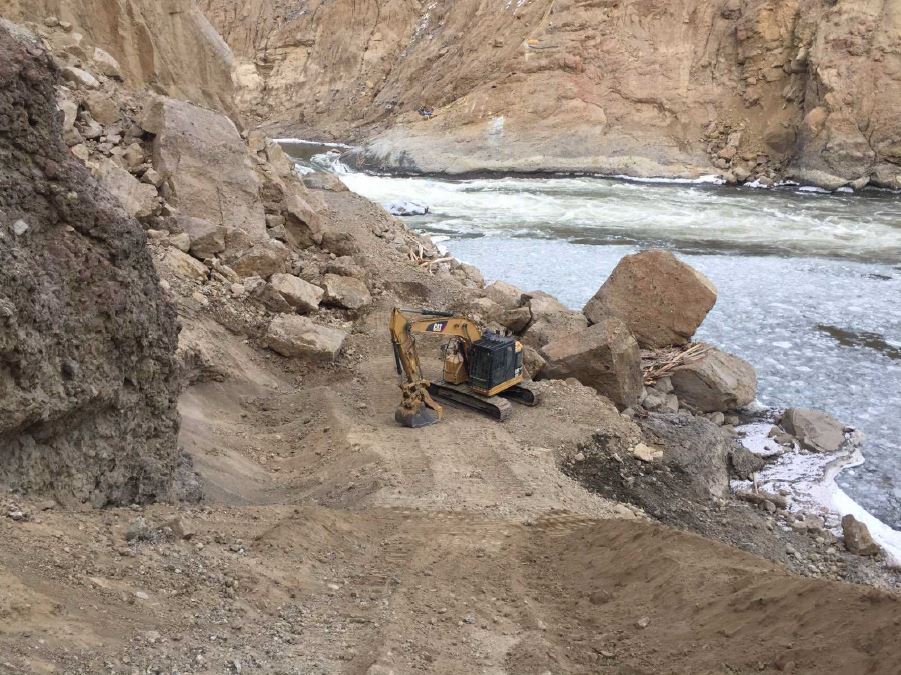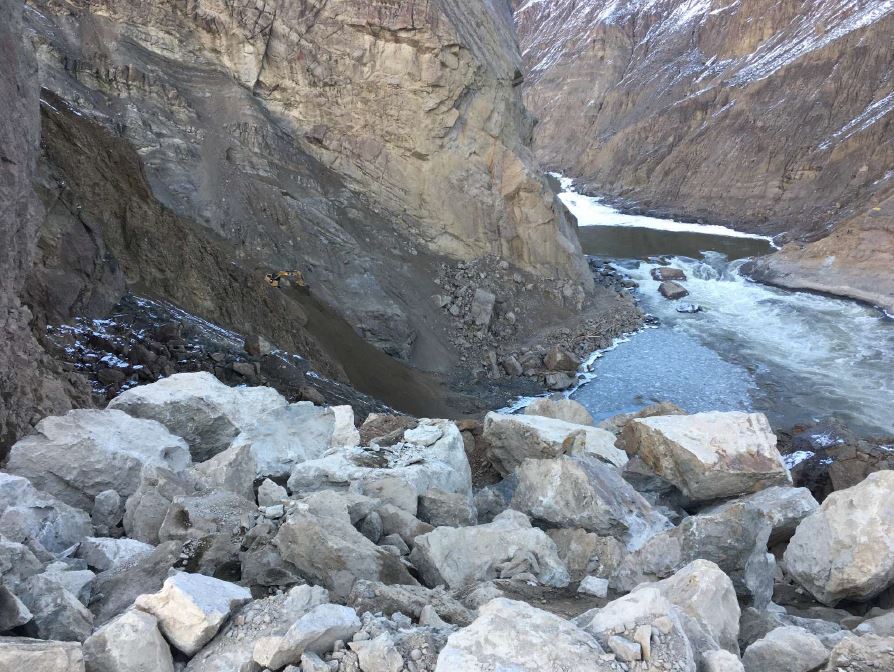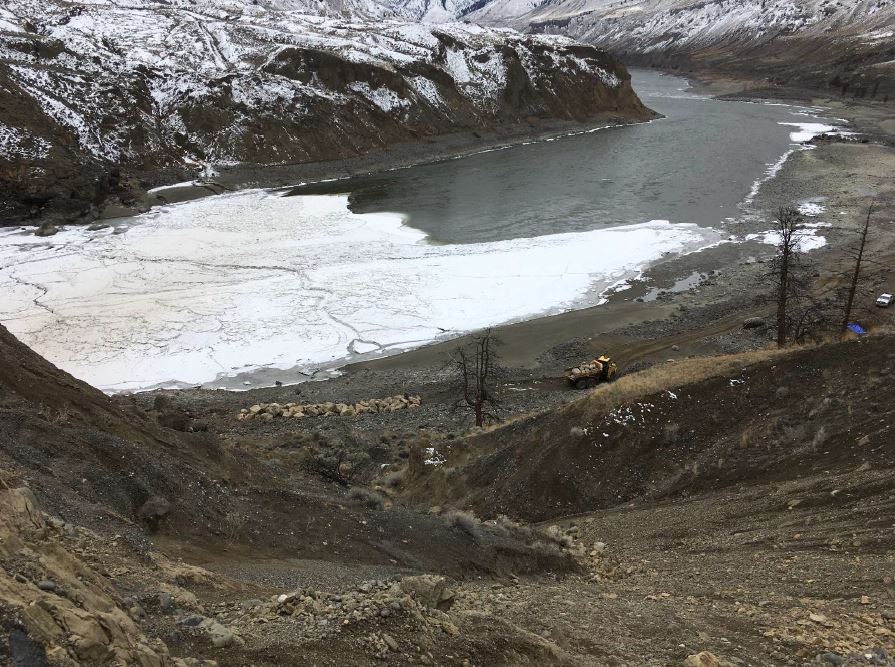I’m sure this has been posted here previously but can someone tell us how long chinook salmon fry stay in the fraser after birth? One year, 2 years? I suspect it’s no more than 2 years. Under that principle all the fry from 2013,2014,2015,2016,2017, and possibly 2018 had already exited the Fraser, past the slide and are scheduled to return for the next 4 or 5 years before the slide impacts actual returns right ? I mean basing closures on the rock slide might make sense in 2024, but that slude has nothing to do with what’s coming back each year. That’s all based on ocean survival correct? I understand that slide is a huge problem for fish entering the system now, but it has nothing to do with what’s Coming back for at least the next 5 years. Other species yes, certainly, but not chinook








